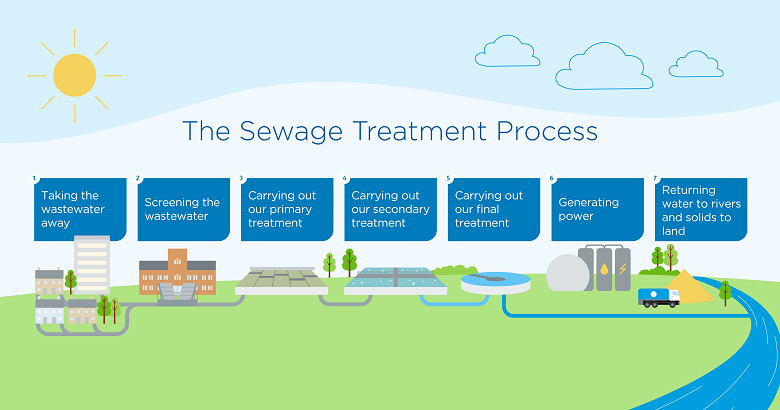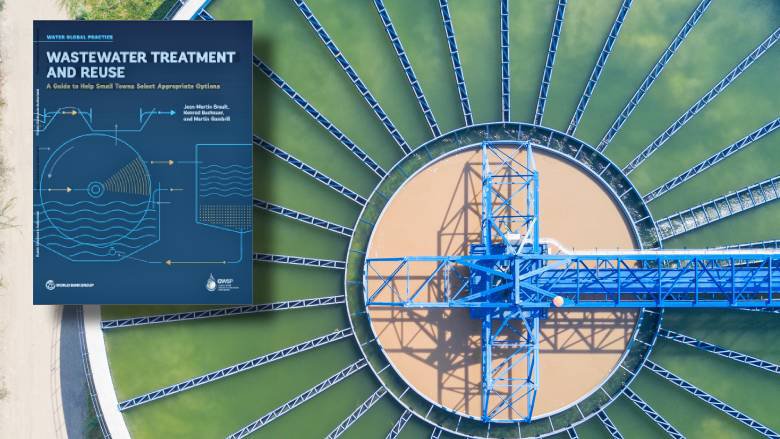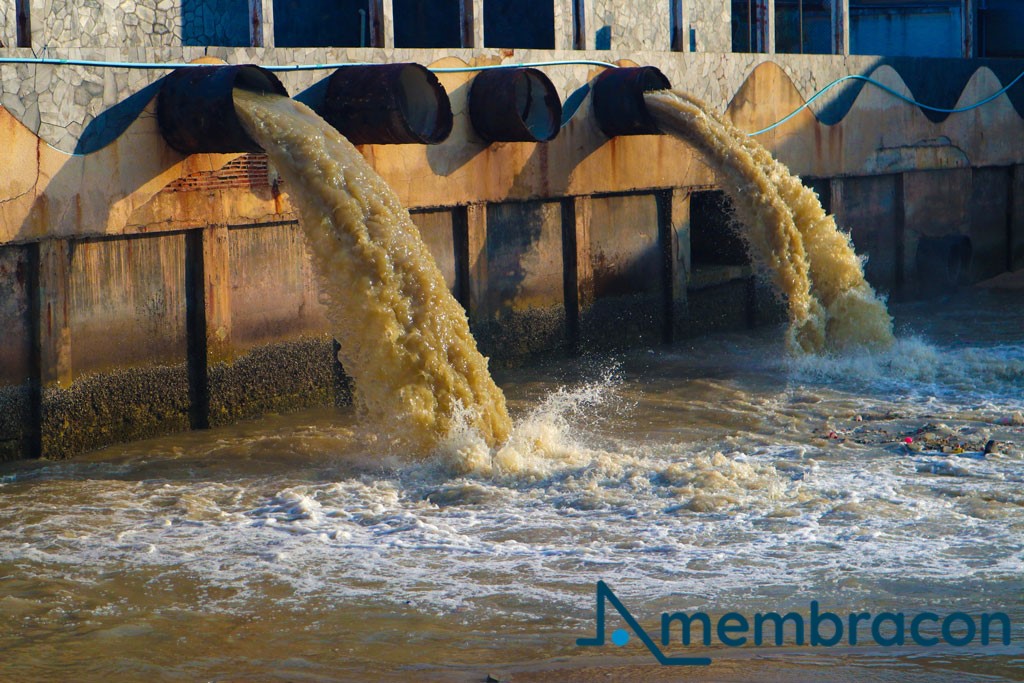Strategic Approaches to Improve Drainage Treatment Effectiveness and Reduce Ecological Impact
In the world of waste water treatment, the pursuit for boosted effectiveness and decreased ecological effect is a continuous obstacle that demands strategic remedies. The combination of sophisticated therapy technologies, energy-efficient procedures, resource recuperation approaches, enhanced nutrient elimination techniques, and clever tracking and control systems stands for a multifaceted framework for resolving these pressing concerns.
Advanced Treatment Technologies
Innovative membrane layer purification systems have revolutionized advanced wastewater treatment processes, substantially boosting the removal of contaminants. This innovation has shown to be extremely reliable in removing a wide range of impurities, consisting of pharmaceuticals, hefty steels, and natural substances, which are commonly testing to remove with typical therapy techniques.
Moreover, membrane layer filtering systems offer countless advantages over conventional therapy techniques. Furthermore, these systems are highly functional and can be easily incorporated into existing therapy plants or used as standalone devices for decentralized applications.
Energy-Efficient Procedures
The integration of energy-efficient processes in wastewater treatment systems is essential for enhancing source application and minimizing operational costs. By implementing energy-efficient modern technologies, therapy plants can considerably reduce their carbon footprint and total environmental impact. One key approach to boosting energy efficiency in wastewater treatment is the utilization of advanced aeration systems, such as fine bubble diffusers or surface area aerators, which can boost oxygen transfer effectiveness and lower energy usage. Furthermore, integrating power recuperation systems, like anaerobic digestion for biogas production or using excess warmth for thermal processes, can assist counter power requirements and promote sustainability.
Moreover, maximizing procedure control and automation through making use of innovative sensors and checking systems can improve general power effectiveness by readjusting operations in real-time based on actual need and conditions. Applying energy audits and frequently keeping track of energy performance signs are important techniques to identify areas for renovation and track energy-saving efforts efficiently. Generally, the fostering of energy-efficient procedures in wastewater therapy not only profits the environment yet likewise adds to lasting expense savings and operational sustainability.
Source Recovery Strategies
With a concentrate on maximizing resource application and sustainability in wastewater therapy systems, the execution of source recuperation techniques becomes an essential facet in boosting operational efficiency. Source healing methods in wastewater treatment include the recognition and extraction of beneficial resources from the waste stream, thereby transforming what was once thought about waste right into a beneficial asset. By implementing source healing methods such as nutrient elimination and recovery, power generation from natural issue, and the production of reusable water, wastewater treatment plants can decrease environmental influence while optimizing efficiency.

Improved Nutrient Elimination Strategies
Applying advanced nutrient removal methods is important for enhancing the effectiveness of wastewater therapy systems. Enhanced nutrient removal plays an essential role in minimizing the environmental impact of cured effluent discharged right into water bodies. One of the essential techniques made use of for boosted nutrient removal is the procedure of biological nutrient removal (BNR), which involves the elimination of nitrogen and phosphorus via organic procedures. This can be achieved via the usage of specialized microorganisms that can convert nitrogen compounds into inert nitrogen gas with denitrification, and gather phosphorus within their cells with a process called enhanced biological phosphorus elimination (EBPR)

In enhancement to BNR, advanced treatment methods such as this hyperlink membrane bioreactors (MBRs) and built wetlands can additionally be utilized to enhance nutrient elimination performance. MBRs use membrane layers to accomplish premium effluent standards by efficiently getting rid of nutrients and put on hold solids. Created marshes imitate all-natural wetland processes to eliminate nutrients with plant uptake, microbial task, and sedimentation. By integrating these sophisticated nutrient removal strategies into wastewater treatment systems, markets and towns can effectively lower nutrient pollution and secure the environment.
Smart Surveillance and Control Equipment
Using cutting-edge innovation, the integration of smart tracking and control systems changes the functional effectiveness of wastewater treatment facilities. These systems integrate sophisticated sensors and information analytics to continuously monitor key criteria such as pH levels, turbidity, liquified oxygen, and flow prices in real-time. By gathering and examining this data, operators can gain beneficial insights into the efficiency of the treatment processes, allowing positive changes to maximize treatment effectiveness.
Smart monitoring and control systems additionally support remote surveillance capacities, enabling drivers to gain access to real-time data and control features from off-site areas. This remote ease of access enhances operational adaptability and responsiveness, allowing swift treatments in case of system malfunctions or variations in influent high quality. The predictive upkeep capabilities of these systems aid prevent equipment failures and decrease downtime, inevitably enhancing the general reliability of wastewater treatment procedures.
Verdict
In verdict, calculated methods such as sophisticated therapy innovations, energy-efficient processes, resource healing approaches, improved nutrient removal techniques, and wise monitoring and control systems play an essential duty in enhancing wastewater therapy effectiveness and reducing ecological impact. By executing these strategies, wastewater treatment plants can enhance their total efficiency, decrease energy consumption, recover beneficial sources, and guarantee compliance with environmental policies. These techniques are necessary for efficient and lasting wastewater monitoring techniques.

In final thought, calculated strategies such as innovative therapy technologies, energy-efficient procedures, resource healing strategies, enhanced nutrient elimination techniques, and wise surveillance and control systems play an essential duty in enhancing wastewater treatment effectiveness and minimizing ecological impact.
Comments on “Checking out the Function of Biotechnology in Waste Water Treatment”